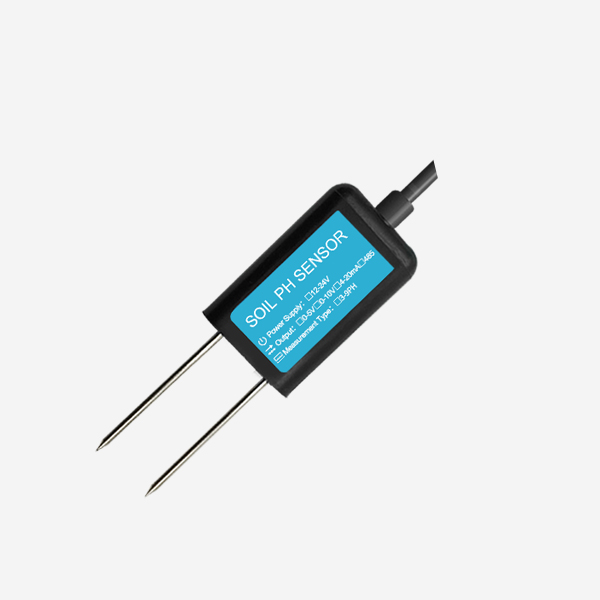Our soil ph sensor use digital integrated circuits and international detection technology to provide extremely high sensitivity and excellent repeatability. Soil analyzer integrates storage, recording and analysis to measure various soil parameters.
One key aspect that directly affects plant health and nutrient uptake is soil pH. To address this need, a pioneering solution has emerged in the form of a soil pH sensor. This advanced technology enables precise and real-time monitoring of soil pH levels, revolutionizing agricultural practices and promoting sustainable crop production.

Benefits of soil ph sensors
Monitoring Soil pH for Enhanced Crop Health
Soil pH plays a vital role in determining nutrient availability to plants. Different crops thrive under specific pH ranges, and any deviation can significantly impact their growth and development. The soil pH sensor provides farmers and agronomists with an invaluable tool to continuously monitor and manage soil pH levels with accuracy.

By actively measuring soil pH, farmers can proactively adjust their management strategies. For example, if the pH is too high (alkaline), acidifying agents like sulfur can be applied to bring it within the optimal range. Conversely, if the pH is too low (acidic), farmers can make informed decisions regarding the application of lime to raise the pH. This proactive approach ensures that crops receive optimal pH conditions, leading to increased nutrient availability and improved plant health.
Real-Time Data for Precise Decision-Making
The soil pH sensor offers real-time data acquisition, enabling farmers to make timely and well-informed decisions. Traditional soil sampling and laboratory testing methods are time-consuming and provide delayed results. In contrast, the soil pH sensor provides instantaneous feedback, allowing farmers to promptly identify pH fluctuations and implement necessary corrective measures.
With real-time data at their disposal, farmers can precisely monitor pH changes throughout the growing season. This information facilitates timely adjustments and reduces the risk of nutrient deficiencies or toxicities. It also empowers farmers to optimize fertilizer application, as different nutrients are absorbed more efficiently at specific pH levels. Consequently, farmers can reduce input costs while maximizing nutrient uptake, improving overall crop productivity and profitability.
Improved Nutrient Management for Sustainable Agriculture
Effective nutrient management is a cornerstone of sustainable agriculture. Soil pH directly influences nutrient availability, as it affects the solubility and mobility of essential elements. By using soil pH sensors, farmers can fine-tune their fertilizer applications based on real-time data, ensuring that plants receive the necessary nutrients in the appropriate quantities.
For instance, some crops may require specific micronutrients that are only available within a certain pH range. By closely monitoring soil pH, farmers can prevent deficiencies or excesses, thereby minimizing nutrient waste and environmental pollution. This targeted approach not only enhances crop yield but also promotes sustainable agricultural practices by reducing chemical inputs and their associated ecological impacts.
Conclusion
The advent of soil pH sensors has revolutionized precision agriculture by enabling farmers to monitor and manage soil pH levels accurately and in real-time. With this technology, farmers can proactively adjust pH to optimize nutrient availability, enhance crop health, and maximize yields. Real-time data acquisition facilitates precise decision-making, ensuring timely corrective actions and reducing the risk of nutrient imbalances. Additionally, the use of soil pH sensors promotes sustainable agriculture practices by optimizing nutrient management and minimizing environmental impacts. As this technology continues to advance, its adoption in agricultural systems holds great promise for the future of crop production and global food security.
